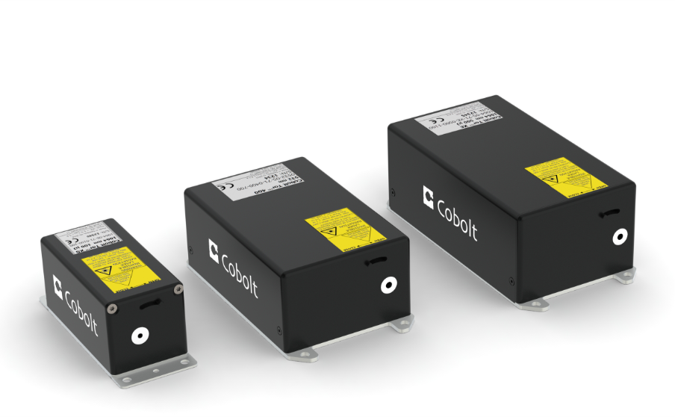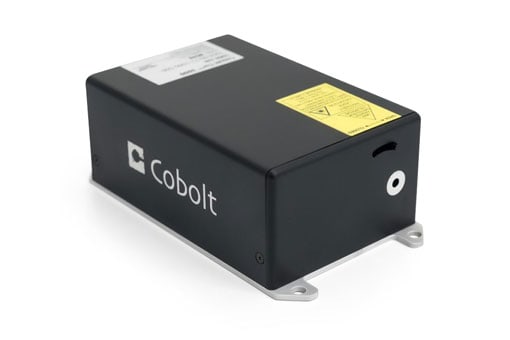Lasers for LIDAR
LIDAR is a remote sensing technology based on the time-of-flight (TOF) principle.
LIDAR has received significant attention in recent years as integral technology for autonomous vehicles but is already an established technology for use in construction, robotics, surveying as well as the military.
Different performance features must be considered when chooseing the most suitable light source for LIDAR systems. This includes characteristics of the media light propagates in and target features (absorbance, scattering), eye-safety limits, detector sensitivity, etc. These criteria determine if a CW or pulsed laser is used, what peak power and pulse repetition rate is required, the pulse width, wavelength (including purity and thermal drift), and beam quality. For example, LIDAR usually employs lasers within the atmospheric transmission window (800 – 1500 nm), for underwater LIDAR depth research, generally 532 nm lasers are used because the light of this wavelength is much less attenuated than, for instance, 1064 nm.
The Cobolt Tor Series of Q-switched lasers are most commonly used for ground based atmospheric research where there is less requirement on high pulse energy and high pulse repetition frequency compared with airbourne techniques. It is the high beam quality TEM00 output, sufficient pulse energy and excellent pulse to pulse amplitude stability which make the Cobolt Tor Series lasers at both 532 nm and 1064 nm an attractive LIDAR source.
At HÜBNER Photonics we have lasers perfect for LIDAR applications:

Cobolt Tor™ Series
High performance Q-switched lasers
Wavelength: 355, 532 and 1064 nm
Pulse energy: 50 – 500 uJ/pulse (Single pulse – 7 kHz)
Applications: LIBS, Maldi-TOF, Micro-machining & Marking

Cobolt Odin™ Series
Tunable Lasers Mid-IR
Wavelength: 3264 nm – 4330 nm
Power, pulse rate: 60 – 80 mW, 10 kHz
Applications: PAS, LIBS, photoacoustics

